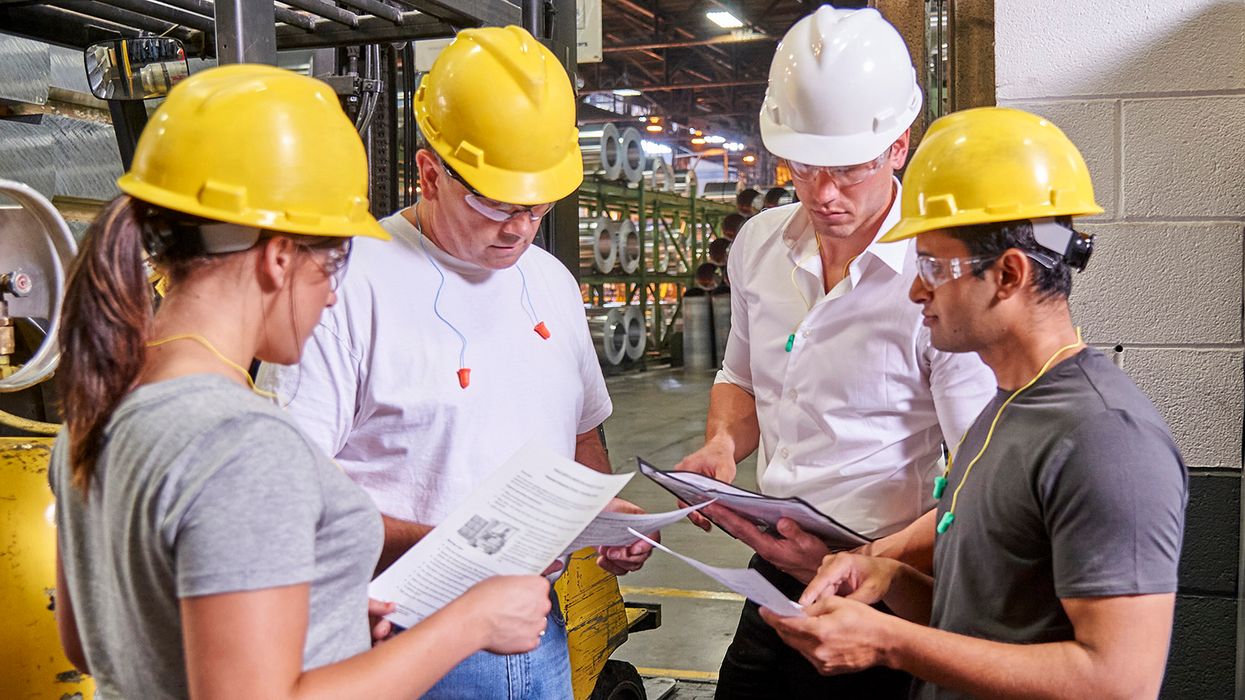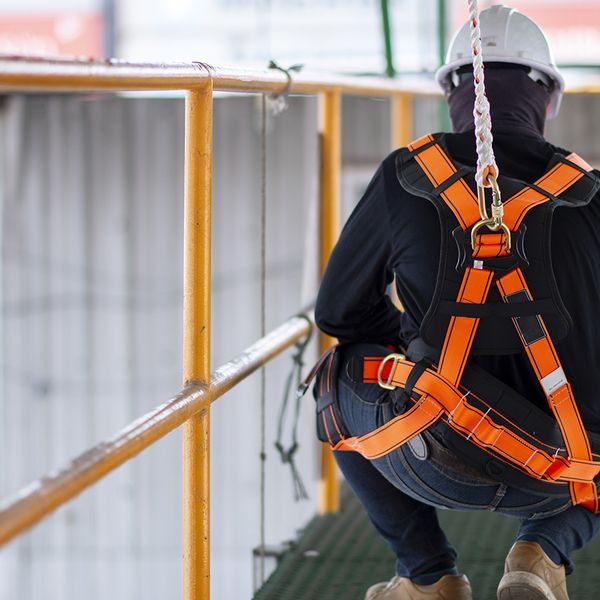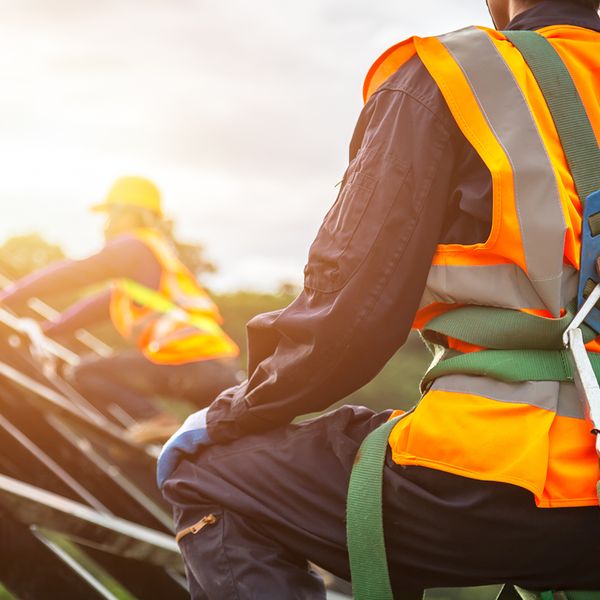Stand up to Confined Spaces during the National Safety Stand-Down
Want to learn what other companies are doing to prevent confined space fatalities? Or are you interested in helping prevent one of the approximate 127 annual confined space fatalities? Then read on!
Any employer interested in preventing workplace hazards can participate in the May 6-10, 2024, National Safety Stand-Down. Although this year’s topic is preventing Falls in Construction, employers can address confined space hazards as well with this initiative.
What’s a Safety Stand-Down?
Safety stand-downs give employers an opportunity to break from the normal routine and focus on various safety issues, like confined spaces. It’s a voluntary, dedicated time to communicate with employees directly about identifying and reducing hazards that may cause serious injuries and fatalities.
All Employers could benefit by participating in the National Safety Stand-Down include but most certainly:
- Construction;
- Farming and agriculture;
- Plumbing, pipefitting, and steam fitting;
- Freight delivery and truck cleaning; and
- Maintenance and repair.
How can I participate in the National Safety Stand-Down?
Employers are free to plan stand-down activities that apply to their workplace and that best fits with their schedules and operational commitments. In the case of confined spaces, employers can engage workers to perform confined space assessments and inspections, develop entry procedures and rescue plans, or ensure signage is accurate and updated. In other words, whatever may be needed to identify and remediate hazards or encourage open communications with workers about confined space safety.
This is also a great time to provide refresher training. A great starting point could be reminding workers of the differences between confined spaces and permit-required confined spaces. Additionally, you can have discussions with workers about the common types of deadly confined spaces and how to protect themselves.
Here are some talking points:
1. OSHA defines a confined space in 1910.146 as a space that:
- Is large enough for workers to enter and perform certain jobs,
- Has limited or restricted means of entry or exit, and
- Is not designed for continuous employee occupancy.
2. Permit-required confined spaces (permit spaces) are confined spaces that have one or more of the following characteristics:
- Contains or has a potential to contain a hazardous atmosphere;
- Contains a material that has the potential for engulfing an entrant;
- Has an internal configuration such that an entrant could be trapped or asphyxiated by inwardly converging walls or by a floor which slopes downward and tapers to a smaller cross-section; or
- Contains any other recognized serious safety or health hazard.
3. The most common types of confined spaces involved in occupational deaths include:
- Tanks, bins, and vats;
- Silos and grain hoppers;
- Septic and water tanks;
- Oil and fuel tanks;
- Trash bins and dumpsters;
- Tanker trucks;
- Crawl spaces; and
- Wells.
4. Worker protections in and around confined spaces include:
- Reviewing and understanding operating manuals, safety data sheets, and previous injury and illness records;
- Visually inspecting confined spaces for falling object, chemical, and noise hazards;
- Identifying hazardous energy sources;
- Implementing standards and guidance from regulatory agencies and consensus standards;
- Selecting and implementing the most effective hazard control measures;
- Reporting incidents or exposures so root causes can be addressed; and
- Evaluating procedures and control measures regularly to ensure effectiveness.
Key to Remember: Employers should set time aside during the week of May 6-10, 2024, to join the National Safety Stand-Down and stand up to confined space hazards.



















































